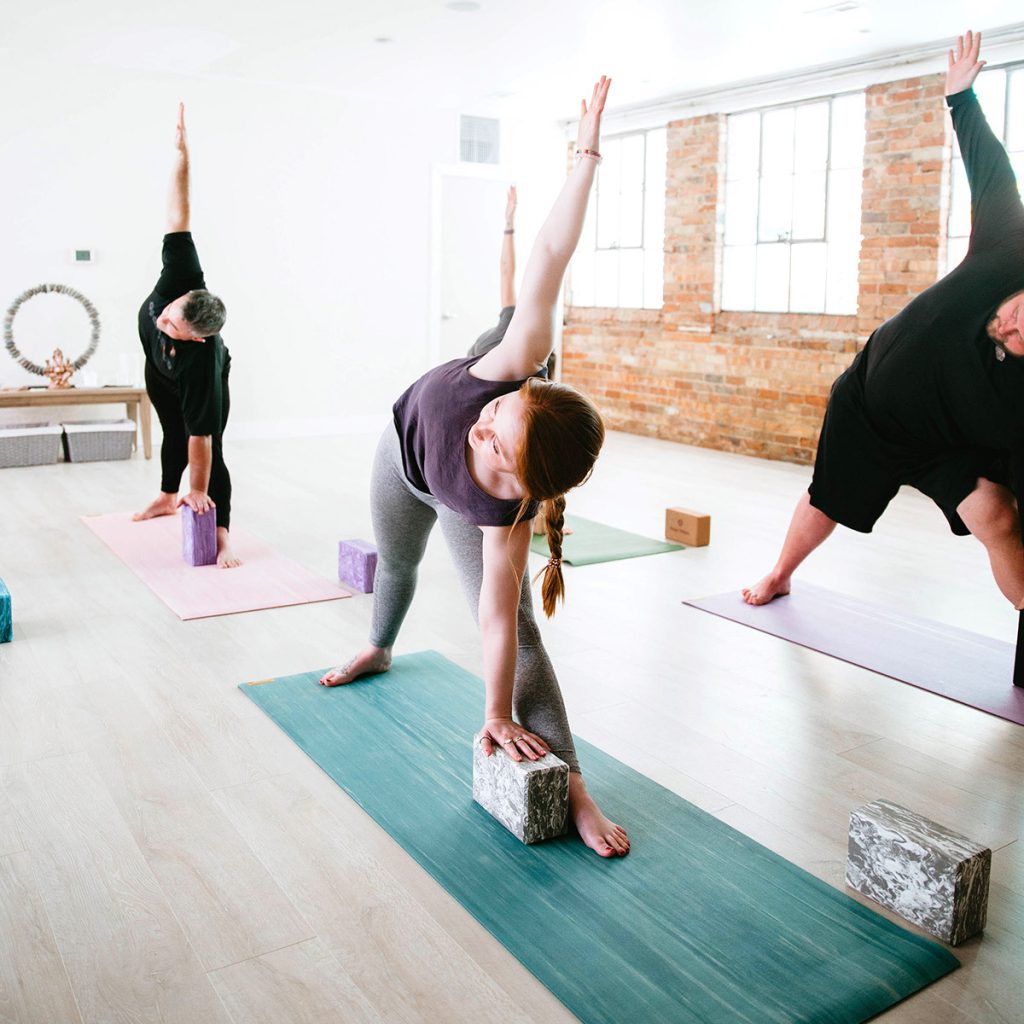What is a Yoga Block? A Comprehensive Guide
Yoga blocks have become essential tools for practitioners of all levels, offering support, alignment, and confidence in various poses. These versatile props provide stability and balance, making challenging postures more accessible and enhancing overall practice. Consequently, understanding the purpose, benefits, and different types of yoga blocks can help you make an informed decision for your yoga journey. Therefore, this comprehensive guide explores the definition of a yoga block, its benefits, the various types available, and practical tips for use. By delving into these aspects, you can maximize your practice and achieve greater comfort and stability in your poses.
Understanding the Yoga Block
A yoga block is a simple yet effective prop designed to assist practitioners in achieving optimal alignment, balance, and flexibility. Understanding its fundamental role can enhance your practice significantly. Therefore, exploring what a yoga block is and how it works is essential.
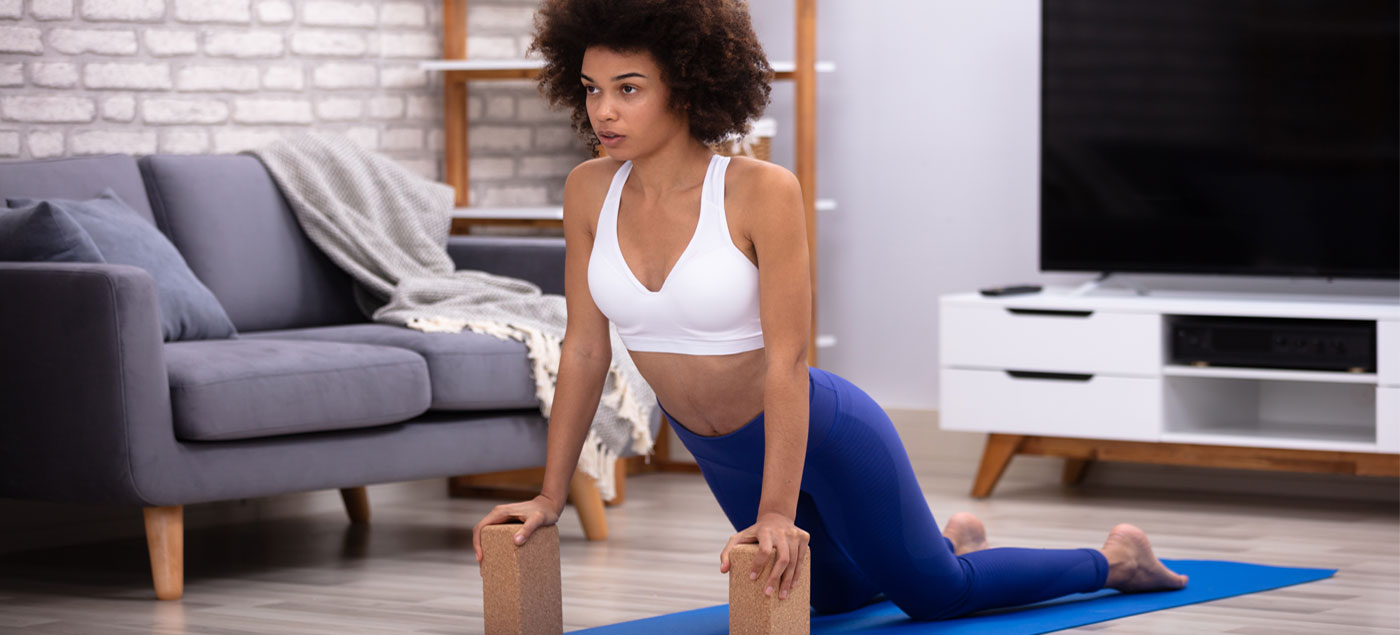
Definition and Function
A yoga block is a rectangular, brick-shaped prop typically made from foam, cork, or wood. These blocks are used to provide support, stability, and balance in various yoga poses. They help practitioners modify poses to meet their flexibility and strength levels, making yoga more accessible for beginners and advanced practitioners alike. By providing a stable surface, yoga blocks enable you to extend your reach, improve alignment, and hold poses longer and more comfortably. Therefore, understanding the definition and function of a yoga block is foundational for incorporating it effectively into your practice.
Core Benefits
The core benefits of yoga blocks extend beyond mere support. They play a crucial role in enhancing overall practice by offering accessibility, alignment, and confidence. These blocks can make challenging poses more attainable by bringing the floor closer to your hands or feet. Proper alignment is achieved more easily with the aid of a block, reducing the risk of injury and ensuring that poses are performed correctly. Additionally, the increased stability provided by yoga blocks boosts confidence, allowing practitioners to explore new poses and deepen their practice. Therefore, recognizing the core benefits of yoga blocks underscores their value in a yoga routine.
Types of Yoga Blocks
Yoga blocks come in various materials and sizes, each offering unique characteristics that cater to different needs and preferences. Understanding the different types helps in selecting the right block for your practice. Therefore, exploring the types of yoga blocks is essential for informed decision-making.
Foam Blocks
Foam blocks are among the most popular choices due to their lightweight and soft texture. They are typically made from high-density EVA foam, providing a comfortable and supportive surface for various poses. Foam blocks are gentle on the body, making them ideal for beginners and those with sensitive joints. Their lightweight nature makes them easy to transport, and they are available in various colors and sizes. However, they may be less durable than cork or wooden blocks and can lose firmness over time. Therefore, foam blocks offer a blend of comfort and convenience for yoga practitioners.

Cork Blocks
Cork blocks are a favorite among practitioners seeking a balance between firmness and comfort. Made from natural cork material, these blocks provide excellent support and stability while maintaining a slightly cushioned feel. Cork blocks are eco-friendly, durable, and have a textured surface that offers a good grip, preventing slipping during poses. They are heavier than foam blocks, which adds to their stability but can make them less portable. Due to their durability, cork blocks are a long-lasting investment for yoga enthusiasts. Therefore, cork blocks offer robust support and a sustainable option for your practice.
Practical Tips for Using Yoga Blocks
Incorporating yoga blocks into your practice involves understanding how to use them effectively to maximize their benefits. Following practical tips can enhance your experience and comfort in various poses. Therefore, exploring tips for using yoga blocks is crucial for an effective practice.
Enhancing Flexibility
Yoga blocks are invaluable tools for enhancing flexibility by providing the necessary support to reach deeper into poses. For instance, in forward bends, placing a block under your hands can help extend your reach without straining your back or hamstrings. Similarly, in poses like Trikonasana (Triangle Pose), a block can be placed under your lower hand to maintain proper alignment and balance, allowing you to gradually deepen the stretch over time. By using blocks to bridge the gap between your body and the floor, you can safely and effectively improve your flexibility. Therefore, using yoga blocks to enhance flexibility is a practical tip for yoga practitioners.
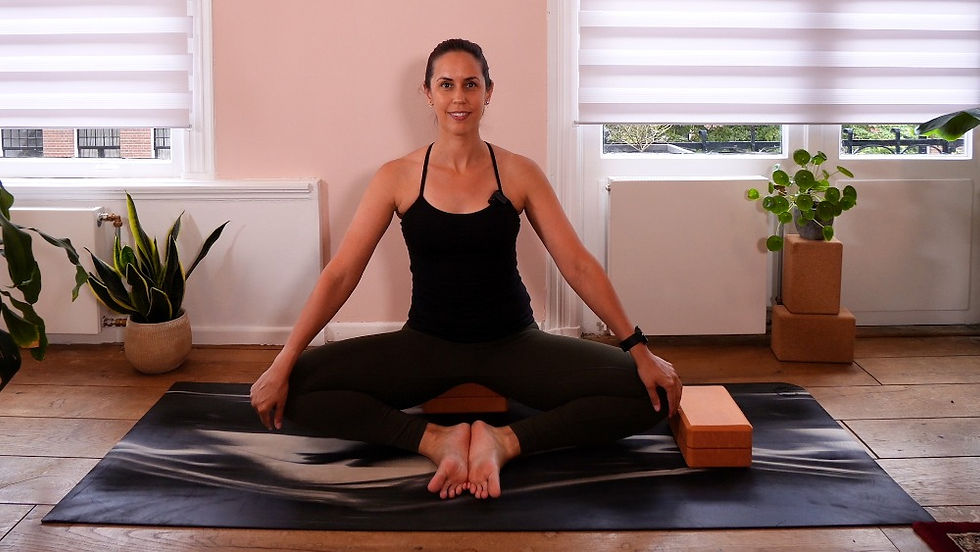
Improving Alignment
Proper alignment is crucial in yoga to prevent injury and ensure the effectiveness of poses. Yoga blocks can significantly aid in achieving correct alignment. In poses like Adho Mukha Svanasana (Downward-Facing Dog), placing a block under your hands can help maintain a neutral spine and relieve pressure on your wrists. In seated poses like Sukhasana (Easy Pose), sitting on a block can elevate your hips and create a more comfortable, aligned posture. By incorporating blocks into your practice, you can maintain proper alignment and experience the full benefits of each pose. Therefore, using yoga blocks to improve alignment is essential for a safe and effective practice.
Incorporating Yoga Blocks into Different Poses
Yoga blocks can be incorporated into various poses, enhancing their accessibility and stability. Understanding how to use blocks in different poses can deepen your practice and provide support where needed. Therefore, exploring the incorporation of yoga blocks into different poses is essential for maximizing their benefits.
Standing Poses
Standing poses often require balance and flexibility, making yoga blocks valuable tools for support and alignment. In poses like Utthita Trikonasana (Extended Triangle Pose), placing a block under the lower hand can help maintain balance and proper alignment. Similarly, in Ardha Chandrasana (Half Moon Pose), a block under the lower hand provides stability, allowing you to focus on balance and opening the chest. By incorporating blocks into standing poses, you can achieve better alignment and stability, enhancing your overall practice. Therefore, using yoga blocks in standing poses offers valuable support and balance.
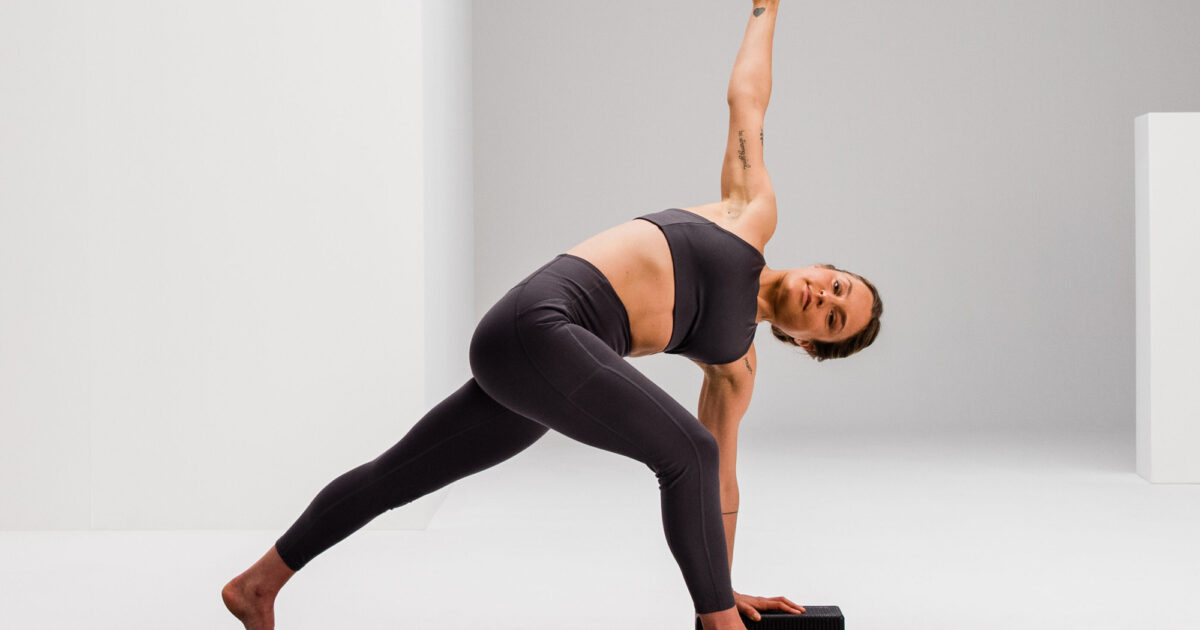
Seated and Supine Poses
Yoga blocks are also beneficial in seated and supine poses, providing support and enhancing comfort. In poses like Paschimottanasana (Seated Forward Bend), a block placed under your sit bones can elevate the hips and ease forward bending, making the pose more accessible. In Supta Baddha Konasana (Reclined Bound Angle Pose), placing blocks under the knees can relieve strain on the hips and promote relaxation. By using blocks in seated and supine poses, you can ensure proper alignment and enjoy a more comfortable practice. Therefore, incorporating yoga blocks into seated and supine poses enhances comfort and accessibility.
Common Misconceptions About Yoga Blocks
Addressing common misconceptions about yoga blocks provides clarity and encourages a better understanding of their benefits and versatility. Dispelling these myths ensures a more accurate perspective. Therefore, exploring common misconceptions is important for informed appreciation.
Misconception: Yoga Blocks Are Only for Beginners
A common misconception is that yoga blocks are only useful for beginners who need extra support. In reality, yoga blocks benefit practitioners of all levels, from novices to advanced yogis. Experienced practitioners use blocks to enhance their practice by exploring new variations, improving alignment, and deepening stretches. Yoga blocks are versatile tools that adapt to various proficiency levels, making them valuable for everyone. Understanding that blocks are not just for beginners encourages broader use in practice. Therefore, recognizing the universal benefits of yoga blocks dispels this common myth.
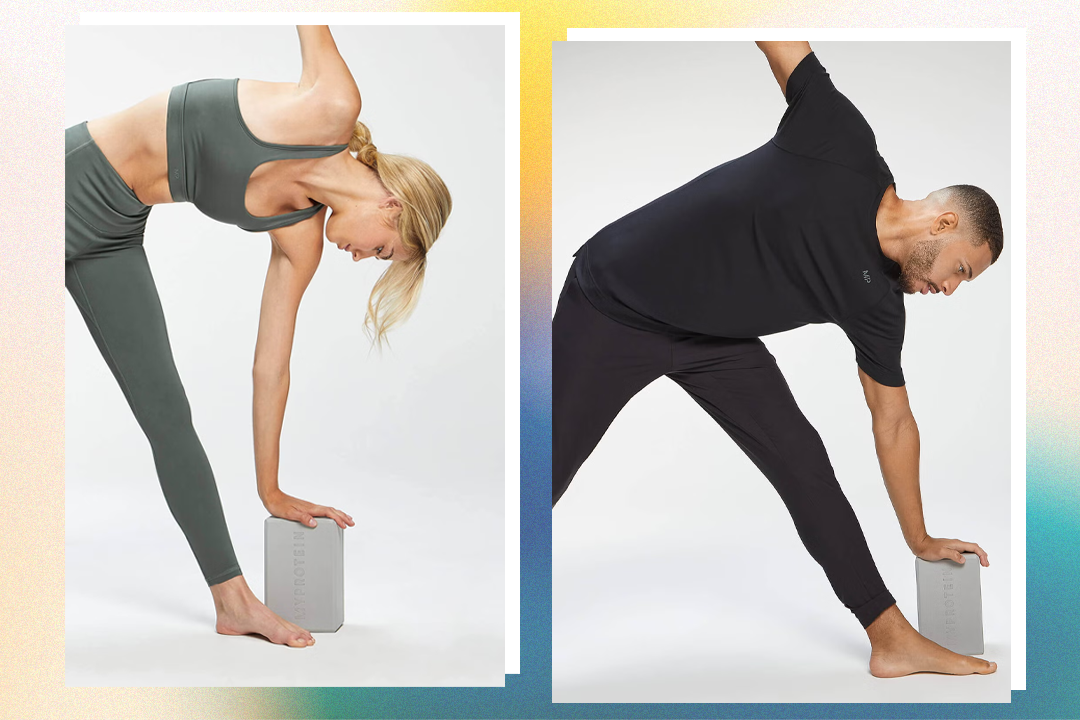
Misconception: Yoga Blocks Limit Progress
Another misconception is that using yoga blocks somehow limits progress or indicates a lack of flexibility. In truth, yoga blocks facilitate progress by providing the support needed to perform poses safely and correctly. By ensuring proper alignment and reducing the risk of injury, blocks enable practitioners to build strength and flexibility gradually. Using blocks allows for more challenging poses to be approached safely, promoting steady and sustainable growth in practice. Understanding that yoga blocks support progress and safety ensures a more accurate appreciation of their role. Therefore, recognizing the supportive role of yoga blocks dispels the notion of them limiting progress.
Conclusion: Embracing the Benefits of Yoga Blocks
Yoga blocks are versatile and essential tools that enhance the practice for yogis of all levels. Understanding their definition and function highlights their role in providing support, alignment, and accessibility.
Exploring the different types of yoga blocks, from foam to cork, helps you choose the right block that suits your needs and preferences. Practical tips for using yoga blocks to enhance flexibility, improve alignment, and provide stability ensure a more effective and comfortable practice.
Addressing common misconceptions about yoga blocks provides clarity and encourages a broader appreciation for their benefits and versatility. By embracing these aspects, you can maximize the benefits of yoga blocks and deepen your practice.
Therefore, whether you are a beginner or an experienced practitioner, incorporating yoga blocks into your routine can support your journey towards greater comfort, stability, and confidence in your poses. Enjoy the enhanced stability and balance that yoga blocks bring to your practice!
